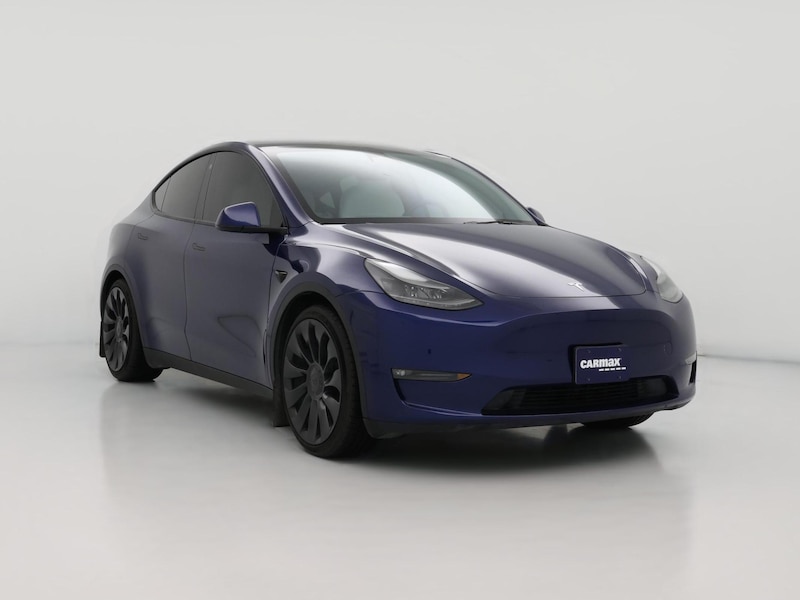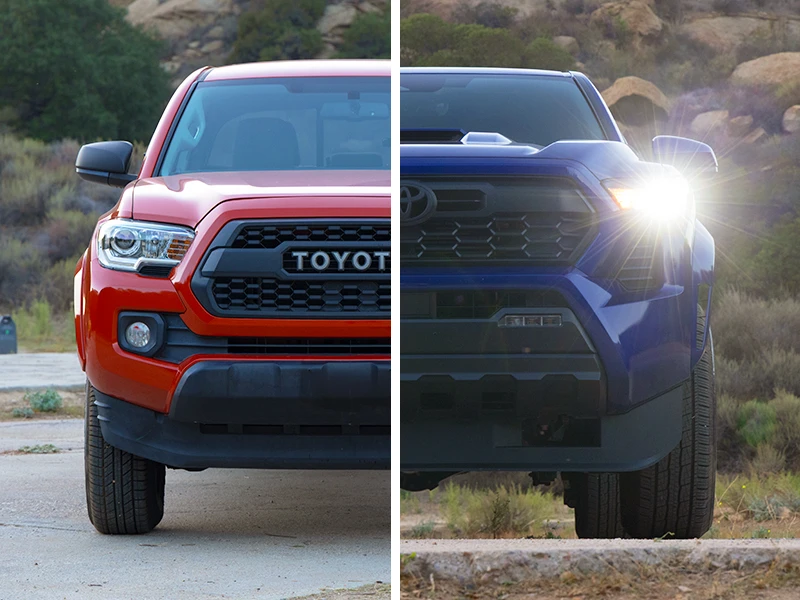
Maximize your electric range.
Driving an EV is fun—you've got instant torque, fast acceleration, and a smooth design. But sometimes, a drive is all about getting the most from a full charge.
The experience of driving an electric car really isn't that different from driving an internal combustion engine (ICE) vehicle. Sure, it feels different, and you might be a little more conscious of your range during those early journeys, but just as you might want to get the most miles from your gas-powered car, an EV is the same—except with built-in features to help you make the most of every mile.
Whether you're traveling cross-country and trying to stop as little as possible, or if you just like the challenge of getting your miles per kilowatt-hour number as high as possible, read on. In this article, we'll explore how to get the most miles from your electric car through sensible driving and understanding the factors that deplete and conserve battery.
Learn about miles per kilowatt-hour.
The size of an EV's battery is measured in kilowatt-hours (kWh). For example, the 2019 Nissan Leaf has a 62-kWh battery, allowing it to do an EPA-estimated 226 miles on a full charge.1
If you want to keep an eye on how efficiently you're driving, that's one number to keep an eye on. Miles per kilowatt-hour tells you how many total miles you can go for each kilowatt-hour you have in your car.
For example, in the 62 kWh 2019 Leaf, if you were doing 1 mile per kWh, you'd get 62 miles total (62 x 1 = 62). The EPA-estimated range for this model is based on an approximate 3.6 miles per kWh (worked out by taking its stated range and dividing it by the battery size: 226 ÷ 62 = 3.6).
On all EVs, you'll be able to find a readout of this figure—usually in trip settings. If you're driving at an average of 3 miles per kWh, you know you'll probably have a total range of around 186 miles with a 62-kWh battery (3 x 62 = 186).
Understanding how your driving style affects this number can give you a better sense of your range at all times. For example, when driving on the highway, you might see that number drop (because you're accelerating more and going faster) but it'll climb when you're driving in an urban setting (because you're going slower and braking more).
Once you've got a sense of how the miles per kWh figure changes as you drive and what you're able to achieve on longer journeys, you can drive without range anxiety. Just as you would with an ICE vehicle, you get to know how your car responds to the way you drive.
Go easy on the gas pedal.
Similar to an ICE vehicle, the harder you accelerate in an EV, the fewer miles you get in your range. When you need to get up to speed, do it gradually and gently. An electric vehicle such as the 2020 Tesla Model S P100D has astonishing acceleration with the optional Ludicrous mode. It'll reach zero to 60 mph in just 2.5 seconds (according to the manufacturer, when new). There's a lot of fun to be had with a vehicle like this, but flooring it as you pull away from stoplights is going to drop your range pretty quickly.
Play with regenerative braking.
Almost all electric vehicles have built-in regenerative braking, which uses energy from the brakes to charge the battery as you slow down. However, depending on the model of EV you choose, you might have different levels of regen braking available. All EVs will do this passively when you brake but others have special modes that will begin to brake as soon as you lift off the gas pedal. The 2020 Hyundai Kona Electric has paddles behind the steering wheel that allow you to change the level of regen braking to suit your driving style.
This is slightly different to driving an ICE vehicle. We're taught that to save mpg on a traditionally powered car we should avoid all heavy inputs (acceleration and braking). However, because an EV gets miles back from braking, you can brake as much as you need to rather than looking for ways to let the car slow naturally.
Keep it slow and steady.
Driving at lower speeds will help you conserve miles. Any EV will use more power at higher speeds as there's more air resistance to battle against. If you're keen to do as many miles as possible on a single charge, turn your sights away from the highway. Look at your GPS and see if there's a slower-road option that covers less total distance. This is great if you're not in a rush but still want to maximize what you can do on one charge. If you need to take the highway, avoid zooming past others and go for a more leisurely drive.
Avoid cruise control on hilly roads.
Using cruise control on a flat highway can help you maintain a constant speed and conserve range (as you're avoiding excessive acceleration). However, if you're driving on hillier terrain, cruise control can use more battery power. This is because the car will fight the hills to maintain speed, something you don't necessarily want. You're better off letting your speed drop slightly as you go uphill and getting back up to speed on the decline.
Use less A/C.
Blasting the air conditioning or heat will use more of your car's battery. Turn it down if you want to use that power on range rather than temperature. If you live in a warm climate, have the A/C on but keep it low so you get the best balance of comfort and miles. Many EVs have heated seats, which is a more range-friendly option than turning the heater on during chilly weather.
Many EVs will allow you to precondition your car before you start off on a long drive. The 2019–2020 Nissan Leaf, for example, will allow you to connect to the car using the available app and a compatible smartphone. If the Leaf is plugged in, you can set the A/C to start just before you leave, cooling the cabin for your drive. If you're in a cooler climate you can do the same with the heating, too.
Switch to eco mode.
Many electric cars have an eco mode that will maximize range. On most cars, this mode will make your acceleration less responsive and will engage more regen braking when you lift off. Bear in mind that on some vehicles, eco mode may limit your A/C to save additional miles.
Warmer weather = more miles.
This, sadly, isn't something you can control but it's worth knowing so you can plan appropriately. If you're driving on a hot sunny day, you'll get more miles from a full charge. If you're driving in cold weather, your battery has to work harder to maintain optimum temperature, which means your range will drop. This means you might see a small difference in your summer range compared to your winter range.
You also might notice this if you drive at a high altitude during the summer, as it'll be cooler in the mountains. The difference will probably be negligible but it's worth planning for, just in case.
Choose an EV range that suits you.
Electric cars have been around for a long time and there are plenty of choices across many makes. If you're just driving city miles, consider an older EV with a smaller range for your needs. If you regularly travel on long trips, consider one of these used electric cars:
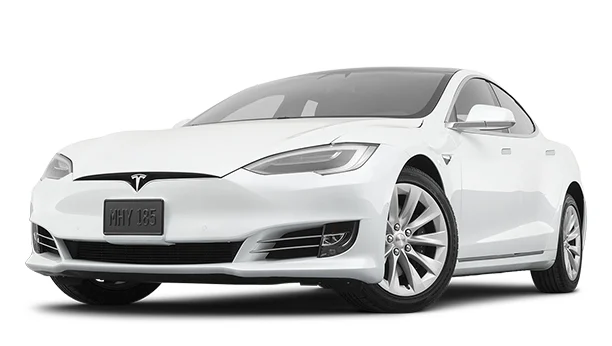
2020 Tesla Model S Long Range: This long-range model will do an EPA-estimated 402 miles on a full charge.1
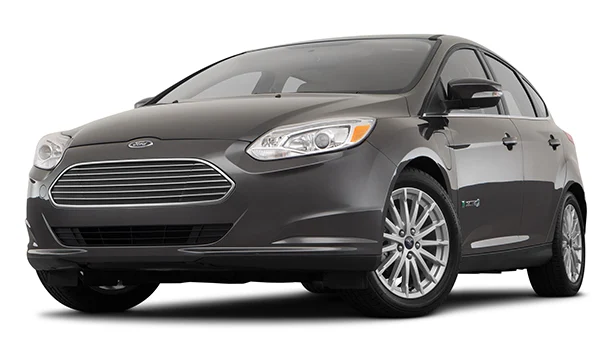
2018 Ford Focus Electric: This good-looking hatchback has an EPA-estimated range of 115 miles with a full charge.1

2019 BMW i3: This striking EV from BMW will do an EPA-estimated range of 114 miles on a full charge.1
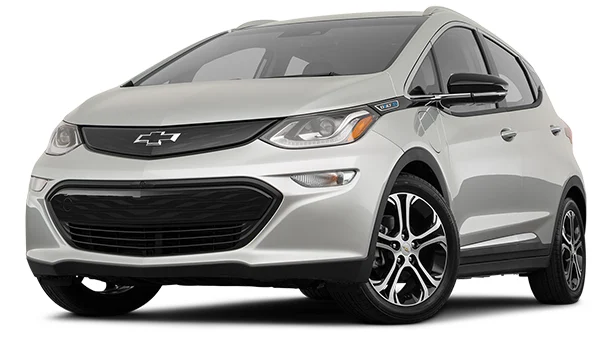
2019 Chevrolet Bolt EV: On a full charge, 2019 Bolt EV achieves an EPA-estimated range of 238 miles.1
Getting more range from an electric car is all about driving smoothly and sensibly, but it's about being aware of what's using energy, too. Driving more slowly, accelerating calmly, and being clever with your features will do wonders for your range, no matter what car you have.
Want to learn more about EVs? Check out these related articles:

